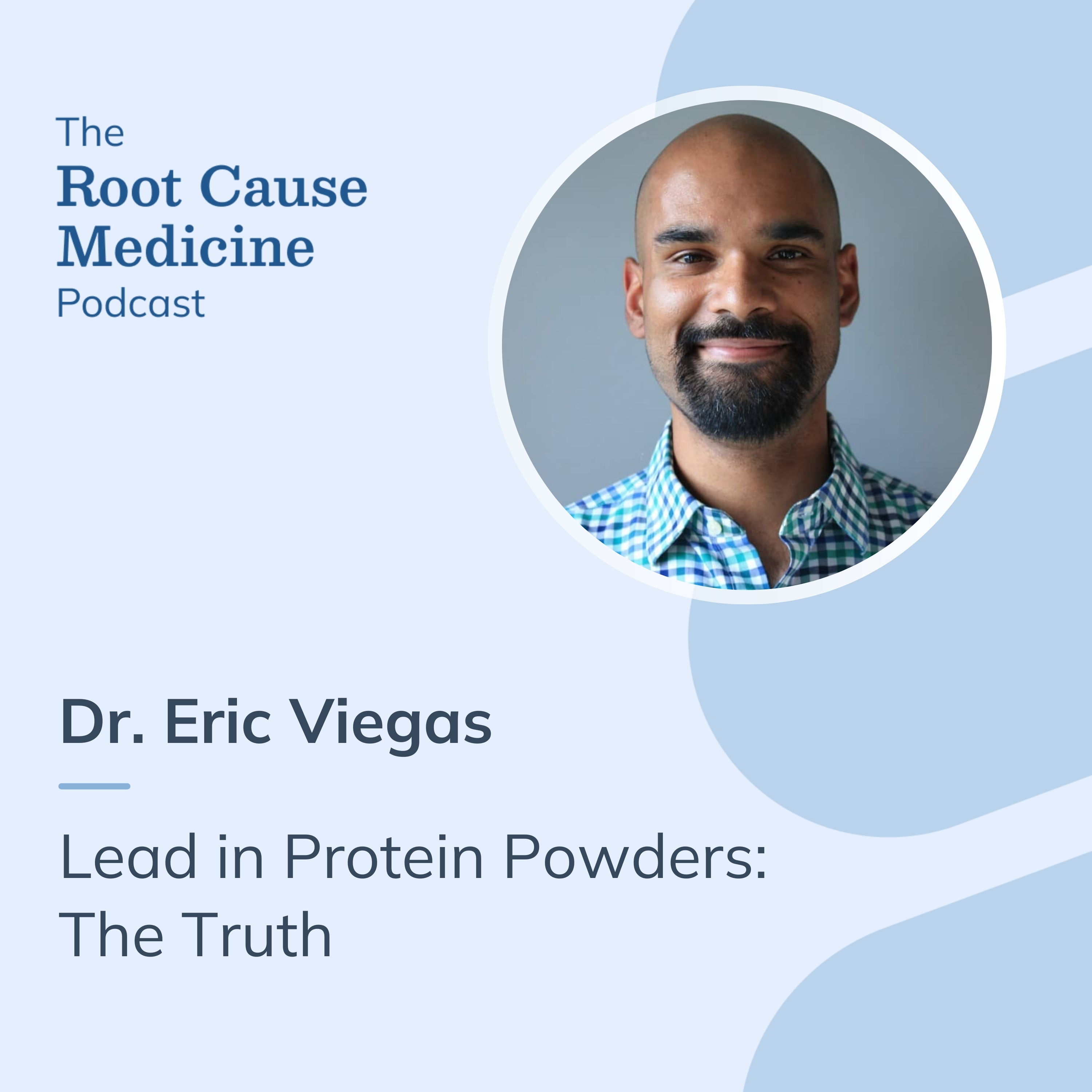Yellow 6, also known as FD&C Yellow No. 6 and Sunset Yellow FCF, is a food dye used in some foods, beverages, and other products to enhance color. However, food dyes are sometimes discussed due to their potential to raise health concerns. Food dye consumption, including Yellow 6 and several others, has dramatically increased in the United States since 1955.
This article explores food additives and their potential health impacts, aiming to inform doctors and consumers about Yellow 6.
[signup]
What is Yellow 6?
Definition and Chemical Composition
Yellow 6 is a synthetic dye used to color foods and drinks, such as desserts, soups, confectionery, cheeses, sauces, preserved fruits, and savory snacks.
It's an orange color that's stable in heat, light, and acid but fades when exposed to sulfur dioxide (SO2) and ascorbic acid (vitamin C). Its chemical makeup is disodium 6-hydroxy-5-(4-sulfonatophenyl azo)-2-naphthalene-sulfonate.
Common Names and Synonyms
Yellow 6 is also called:
- FD&C Yellow No. 6
- Sunset Yellow FCF
- E110
Historical Background and Development
Yellow 6 has a long history of coloring foods and drinks, enhancing the appearance of these products by adding yellow coloring. It has been approved for use in cosmetics, drugs, and foods.
Yellow 6 is chemically created by diazotizing (chemical reaction) 4-aminobenzenesulfonic acid with sulfuric acid and sodium nitrite or hydrochloric acid and sodium nitrite. It may also be blended with other substances.
Regulatory Approvals and Safety Reviews
Yellow 6 is approved by the U.S. Food and Drug Administration (FDA), the European Food Safety Authority (EFSA), and the FAO/WHO Codex Alimentarius.
Applications of Yellow 6
Uses in Food and Beverages
Examples of foods and drinks that may contain Yellow 6 include:
- Alcoholic beverages
- Energy drinks
- Candied fruits
- Breakfast cereals
- Rice puddings, tapioca puddings, pastry fillings, baked goods mixes, chocolate products,
- and other desserts
- Dairy-based, frozen, and egg-based desserts
- Fruit-based spreads and desserts
- Sauces, jams, jellies, mustards, and other condiments
- Candies, chewing gums, and snacks
- Fish, egg, poultry, game, and seafood products
- Sausage casings and cured and fermented meats
- Cheeses
- Weight loss products
- Fermented vegetables
- Flavored milk drinks
- Some supplements, like fish oils
- Pre-cooked pasta products
- Broths and soups
Yellow 6 and other food dyes are used in the food industry to make products more appealing to consumers.
Research shows that Yellow 6, Yellow 5, and Red 40 account for 90% of food dyes.
Uses in Cosmetics and Personal Care Products
Everyday cosmetic products that may contain Yellow 6 include:
- Aftershaves
- Anti-aging products
- After-sun products and sunscreens, bronzers, and tanning lotions
- Eye creams
- Lotions, including some baby lotions, body washes, and cleansers
- Shampoos, conditioners, soaps, bubble baths, and bath oils
- Baby oils, body sprays, and other fragrances
- Makeups and makeup removers
- Powders
- Hair color, hair sprays, and other hair products
- Hand sanitizers
- Nail products
- Toothpaste
Check the ingredient list to determine if cosmetics and other personal care products contain Yellow 6 or other color additives.
The FDA regulates cosmetic products in the United States, and Regulation (EC) No 1223/2009 of the European Parliament and Council regulates cosmetics in the European Union (EU).
Uses in Pharmaceuticals and Medications
Examples of medications containing FD&C Yellow No. 6 include:
- Acetaminophen and oxycodone hydrochloride
- Adderall
- Alprazolam
- Acetaminophen and dextroamphetamine
- Aspirin
- Buprenorphine hydrochloride
- Cephalexin
- Clonazepam
- Cyclobenzaprine hydrochloride
- Doxycycline hyclate
- Methocarbamol
- Oral ibuprofen suspension
Children's medications, such as pain relievers, allergy medicines, and cough and cold tablets and syrups, often contain various food dyes.
Other Applications
In addition to foods, cosmetics, supplements, and medications, Yellow 6 is also present in some prenatal vitamins and children's products, like multivitamin tablets and chewable gummies.
Yellow 6 is also used as a dye for cotton, wool, paper, leather, and silk.
Safety and Health Concerns of Yellow 6
General Safety Overview
Guidelines for accepted daily intakes (ADIs) of Yellow 6 include:
- FDA: 0-3.75 milligrams per kilogram (mg/kg) of body weight daily
- Joint FAO/WHO Expert Committee on Food Additives (JECFA): 0-4 mg/kg of body weight daily
- The European Food Safety Authority (EFSA): 0-4 mg/kg of body weight daily
Such organizations consider Yellow 6 safe when consumed in amounts within these guidelines.
Potential Health Risks
There are several potential health risks linked to Yellow 6.
Allergies and Immunotoxicity
Allergic reactions may appear after consuming Yellow 6 in people sensitive to this food dye. Examples of potential reactions include:
- Hives or facial rashes
- Swelling of the eyes, lips, or face
- Anaphylactic shock
- Stomach cramping or abdominal pain
- Indigestion
- Belching
- Retching and vomiting
- Vascular purplish spots
However, these symptoms might only appear in people hypersensitive to food dyes.
According to the Environmental Working Group, Yellow 6 is low to moderately concerning regarding allergies and immunotoxicity (adverse immune system reaction).
Organ System Toxicity (Non-Reproductive)
In large amounts, Yellow 6 has the potential for organ toxicity, respiratory tract irritation when breathed in, skin irritation, and eye irritation or damage.
Endocrine Disruption
More research is needed regarding Yellow 6 and hormone disruption in humans.
However, researchers classify Yellow 6 as a xenoestrogen, an estrogen-mimicking compound and endocrine-disrupting chemical.
Yellow 5, another yellow food dye, has been shown to disrupt hormones and the normal course of puberty in rats. Research demonstrates that another food dye (Red 3) increased thyroid-stimulating hormone (TSH) responsiveness in men.
The European Food Safety Authority suggests that Yellow 6 has the potential to negatively affect testicular health in men.
Neurotoxicity
Studies found that Yellow 6 and other food dyes contain neurotoxic chemicals that may be linked to attention deficit in children, mental health problems, behavioral issues, and potentially autism. Additional studies confirm that Yellow 6 and other food dyes may increase hyperactivity and inattention among children.
Researchers report that artificial food dyes often contain petroleum and are manufactured in chemical processes that sometimes include formaldehyde, hydroxides, aniline, sulfuric acids, arsenic, lead, or mercury. The FDA confirms that certifiable color additives are synthesized mainly from materials obtained from petroleum.
However, the FDA does not require manufacturers to test food dyes for developmental neurotoxicity.
Developmental and Reproductive Toxicity
Yellow 6 might increase the risk of testicular and adrenal tumors, as studies found that this food dye causes such tumors in rats. The researchers suggest that food dyes may impair testicular functioning.
The Environmental Working Group classifies Yellow 6 as possibly toxic to reproduction and development because animal studies show adverse effects at high doses.
While human studies are lacking regarding the effects of Yellow 6 during pregnancy, the FDA has approved this food dye for pregnant women.
However, some researchers voice concerns about potentially adverse neurodevelopmental and behavioral effects of food dye in children based on animal studies suggesting behavioral deficits in offspring after food dye exposure during pregnancy.
Cancer Risks
Studies show that Yellow 6 contains benzidine, a cancer-causing substance permitted in low levels in food dyes. The researchers report that according to the FDA, ingesting benzidine increases cancer risks to 1 in 1 million people.
The Environmental Working Group describes Yellow 6 as having a low risk of cancer, though the risk does exist.
The Center for Science in the Public Interest reports that Yellow 6 adds unnecessary risk to the food supply because this food additive contains cancer-causing contaminants.
Exposure and Risk Characterization
Common Exposure Sources
As discussed in the lists above, common exposure sources of Yellow 6 include:
- Foods
- Beverages
- Cosmetics
- Medications
- Vitamins
- Other supplements
Check the ingredient label on such products to know if Yellow 6 is present.
Methods of Exposure Assessment
Studies have evaluated Yellow 6 exposure in the general population, particularly among pregnant women and children. Research demonstrates that artificial food color consumption was usually below the FDA and JECFA ADIs, though some kids and pregnant women consumed Red 3 at levels exceeding intake guidelines.
This research indicates that children are exposed to more food dyes than adults through over-the-counter medications and children's vitamins. The researchers found that the highest food dye exposure was from Red 40, Yellow 6, and Yellow 5.
Risk Characterization Methods
Based on various research studies examining the potentially harmful effects of Yellow 6, the Environmental Working Group classifies Yellow 6 as a moderate food concern, mainly due to adverse neurobehavioral outcomes in kids.
Methods of Analysis
Scientific techniques can detect and quantify Yellow 6 in foods, but simply reading the ingredient label on foods, drinks, supplements, and cosmetics alerts consumers about the presence of Yellow 6 in such products.
Examples of laboratory methods used in safety evaluations include:
- Spectrophotometric kinetic method
- Simple detector UV-Vis/DAD
- MS/MS detectors
- Electrochemical detection
- Tandem mass spectrometry
- Membrane filtration
- Liquid-liquid and solid-phase extraction techniques
- UV-Vis spectrometry
Manufacturers aren't required to list the amounts of food dyes in products, just ingredients added. However, the FDA continually monitors reports of problems possibly related to color additives and can seize products found to be unsafe and those containing prohibited color additives.
Natural Alternatives to Yellow 6
Natural yellow colorants have the potential to replace Yellow 6, though some may be less effective for coloring certain products. They're also typically more expensive. However, natural alternatives to Yellow 6 are likely safer.
Examples of Natural Yellow Colorants
Examples of natural yellow colorants used in foods and consumer products include:
- Turmeric
- Saffron
- Annatto
- Pumpkin extract
- Carrot extract
- Yeast-derived natural pigments
Researchers report that while the United Kingdom colors orange soda with carrot and pumpkin extracts, the United States uses Yellow 6 and Red 40. The researchers also note that Britain colors strawberry sundaes at McDonald's with strawberries, while the U.S. uses Red 40.
Summary and Recommendations
While Yellow 6 is approved for use in foods, drinks, drugs, supplements, and cosmetics, it contains substances that may be harmful in large amounts.
To limit or avoid exposure to Yellow 6, consider choosing whole foods over highly processed foods and read ingredient labels identifying Yellow 6 in commonly consumed products. Pick products without synthetic dyes, including organic foods and drinks or products containing natural coloring alternatives.
It's essential to be aware of potential risks, safe consumption levels (the lower, the better), and possible allergic reactions or other side effects linked to Yellow 6 and other synthetic food dyes.
[signup]
Key Takeaways
- Stay up-to-date about Yellow 6 and other food additives to make informed decisions about which foods, beverages, supplements, medications, and personal care items are safest, with the lowest risk of potential health concerns.
- While Yellow 6 is FDA-approved, in large amounts, it may contribute to an array of health risks. Examples include allergic reactions, hormone disruption, neurotoxicity, cancer, reproductive issues, behavioral issues in kids, and other health concerns.
- It's vital to stay updated on new research and regulatory changes pertaining to Yellow 6 and other dyes commonly added to foods and other consumer products.












%201.svg)







